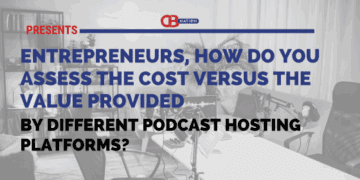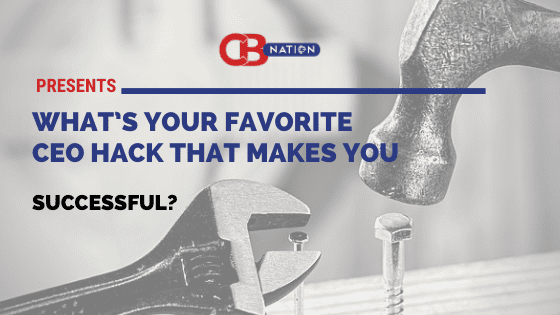You probably had two objectives when you started your business: to do something you loved doing and to make money. Often, the first part is far easier than the second part. But you need the second part because you need to eat.
Making money is a tricky concept. Revenue is not profit. And profit is not necessarily salary. What is coming into the business doesn’t always end up in your pocket. You have expenses to pay for taxes, employees, health care, professional expenses, retirement plans and potentially, debt service.
- Consider future needs. Need more space? Have a great opportunity to expand your product line? Those needs may affect how much you’re willing to take out of your business versus what you want to keep in the business. But don’t overextend yourself. Remember, you gotta eat. That fancy new office space can wait.
- Think about tax burdens. Whether you’re taking money out of the business as wages or draws, it’s subject to tax. If you take out more than you need – and have to return it – you don’t get a refund from the government. Similarly, depending on your choice of entity, leaving money that you could use inside the business can subject the funds to tax at the corporate level and again when you finally take it out (that’s the “double tax” I’ve addressed earlier in the series). That’s why planning is key. Think of yourself as the Goldilocks of the business world: you’re trying not to take out too much or too little, you want it to be just right.
- Whatever you decide to do, be consistent. While your business will ebb and flow in terms of revenues and expenses, try to pay yourself on a regular basis. You might be tempted to take more out when there’s more coming in, but remember that could change next month. Getting paid consistently lowers your own personal stress level at home (mortgages and rents don’t vary from month to month) and helps you figure projections. It’s difficult to know how much you or your business “made” when you’re dipping into your accounts randomly.



























![6 Reasons Smart Small Business Owners Invest In Security [Entrepreneur]](https://storage.googleapis.com/stateless-ceoblognation-com/sites/1/2016/05/padlock-597495_1280.jpg)



